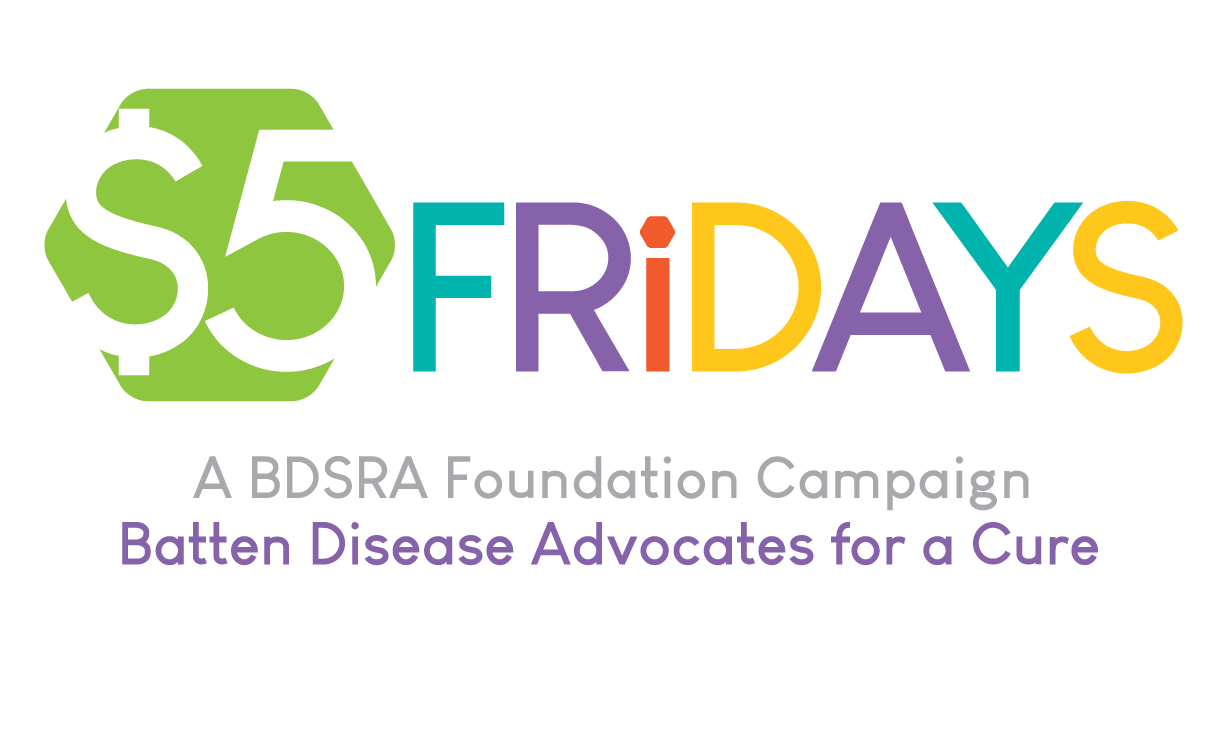
Amy Fenton Parker
It was a busy week for BDSRA President & CEO Amy Fenton Parker, traveling from Columbus, Ohio to Philadelphia for the quarterly BDSRA Board of Directors meeting and Drew’s Hope Casino Night, and then to San Diego for the 20th Annual WORLDSymposium.
In the Q&A below, Parker recaps the WORLDSymposium and the latest news for the Batten disease community.
Which conference did you attend? How is this conference unique?
I attended the WORLD Symposium, which is an acronym for “We’re Organizing Research on Lysosomal Diseases” What makes it unique from others that we attend is that it is attended by researchers, industry partners, and patient advocacy groups who focus on lysosomal disease.
Provide 1-2 main takeaways from this conference.
There is promising work being done in Batten disease by committed researchers, industry partners, clinicians, and investors. I was glad to see so much interest and commitment after the trying year we have experienced. The Batten community is not alone in the funding crisis for biotech. I spent a lot of time talking with others who are equally frustrated and want to see change. Others are eager to collaborate on strategies for a new pathway forward to sustainable funding. This conference is a great opportunity to connect with others – Batten or not – to talk about research breakthroughs, funding strategies, and the clinical needs of our families.
What new information did you learn, and how can that information help benefit the Batten community?
I learned that there is more CLN1 activity than we can talk about, and we really need a strong Natural History Study and Family Pedigree (family tree) for more research and trials. I learned that there is plenty of research available in the CLN2 group and we must continue to seek buyers and partners to keep it moving forward. There are also researchers interested in CLN3, who are looking at the disease in a very different way. We still have so much to learn about these 13 different diseases and how they work, and many are seeking to do just that.
We have some promising news that we’ll be able to share soon, but the presentations here have been excellent. We are working to get a comprehensive, accessible Natural History Study for CLN1. We will soon also be sharing a survey with CLN2 families on quality of life and care, and this is highly important for new work. We need more CLN2 families represented in our Family Register so that we have good data to share. The Courageous Parents Network has a great new tool our families can use called NeuroJourney, along with a lot of other programs online now. The presentations on RGX-181 and 381 demonstrated very promising results, and REGENXBIO is committed to finding a partner to see these projects through, and they are keeping us in the fold. Peter Marks talked about how to move projects faster through the FDA process and there will be a biomarker workshop on February 21, for anyone who can attend.
Based on the research presented, what is the current state of lysosomal storage diseases like Batten? What are some things families must know?
If we do the math, there were four presentations an hour for about 5 hours each day. That’s 20 per day for four and a half days. There were about 88 presentations by researchers in Lysosomal storage diseases. This doesn’t count the symposia in the morning, lunch, and evenings. There are many who are still working to find treatments and cures!
Families must know that we are advocating for them and their children at these meetings, and so are their clinicians. Good conversations happened around posters, dinner tables, and even during breaks. Not a minute was wasted, and everyone is passionate about the work.
What was the primary theme of your conversations with fellow attendees?
The primary theme at this conference – based on conversations – was finding a new path from the researcher’s bench to treatment for our children. Everyone was talking about the funding model, the length of time everything takes to get approved, and that we must change the system. It’s not just Batten disease. It’s all of us. We have allies in this fight, so we will work together to figure it out.


